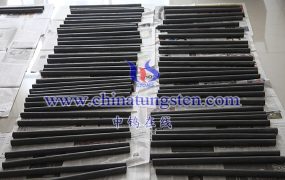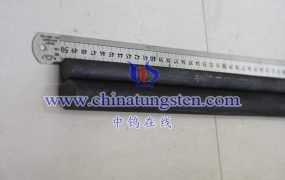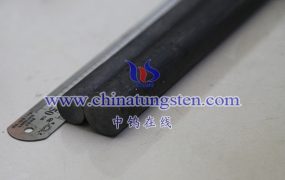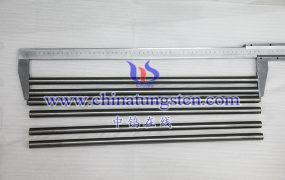TZM alloy rod has good thermal conductivity. Thermal conductivity is a measure of a material’s ability to conduct heat and depends on the material’s thermal conductivity and the path through which heat is conducted. The following are some characteristics about the thermal conductivity of TZM alloy rods:
Thermal conductivity: The main component of TZM alloy rod is molybdenum (Mo), and molybdenum has high thermal conductivity, about 138 W/(m·K). This means that under the same temperature gradient, the TZM alloy rod can effectively conduct heat and achieve efficient heat conduction.
Heat conduction path: The structure of the TZM alloy rod is dense and has a continuous grain structure, which is conducive to heat conduction. The thermal conductivity of the alloy rod is mainly realized by the heat conduction between the grains and the electron conduction within the grains.
Temperature dependence: The thermal conductivity of TZM alloy rods changes with temperature. Generally speaking, in the range from normal temperature to high temperature, its thermal conductivity will decrease slightly, but still maintain a high level.
Structural influence: The structure and preparation method of the alloy rod will also affect its thermal conductivity. Coarser grains and higher material density generally contribute to better thermal conductivity.
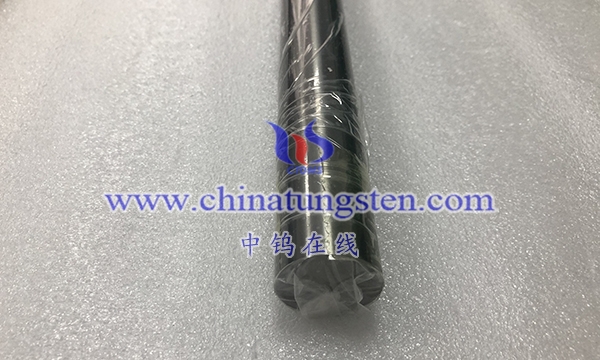
More details of molybdenum or molybdenum alloy products, please visit website: http://molybdenum-alloy.com/index.html
Please contact CHINATUNGSTEN for inquiry and order of molybdenum alloy products:
Email: sales@chinatungsten.com
Tel.: +86 592 5129595


